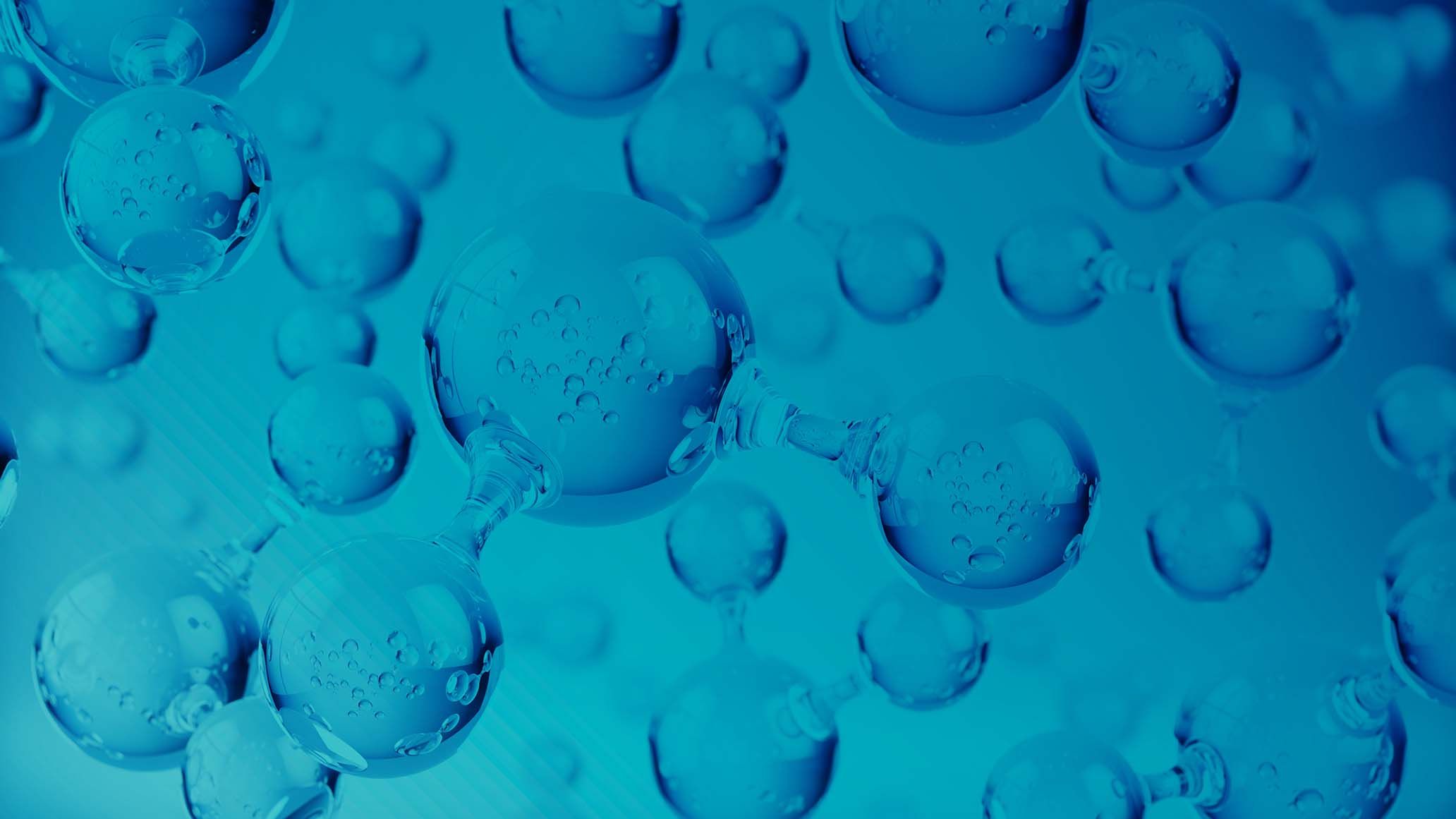Honda has started the production of its 2025 hydrogen FCEV
)
It was recently revealed that Honda have started to develop their hydrogen-powered fuel cell electric vehicle (FCEV). They are creating this innovative piece of technology at their Performance Manufacturing Center (PMC) which is based in Ohio, in the US.
This development is a huge step forwards for the industry and the 2025 CR-V e:FCEV will be the only vehicle of its kind, to be manufactured within the US. The plan for this vehicle is for it to use the company’s next-gen fuel cell system, which is currently under development. This system is being manufactured through a collaboration between Honda and General Motors at its Michigan facility, specifically in Brownstown.
Not only will this vehicle be a hydrogen-powered vehicle, but it will also be equipped with a 270-mile driving range and through the addition of a 17kWh battery, the vehicle will be able to travel a further 29 miles, as the battery will have a power output of 92.2kW. It is planned that the vehicle’s tank will have a capacity of 4.3kg and this will be for compressed hydrogen gas.
To turn this vehicle from a concept into reality, the technicians at PMC have worked hard to develop the sub-assembly of two hydrogen tanks and they have done this through attaching high-pressure piping and other parts, prior to installing the tanks in the vehicle. Alongside this, they have also focused on compressing hydrogen to 10,000PSI. The process they used to accomplish this, involved a newly created onsite station which was then used to fill the hydrogen fuel tanks.
So far, the expectation for these vehicles is that they will provide a multitude of benefits to the company, the consumer, the hydrogen industry and the environment. An excellent benefit for the company, is that the fuel cells are expected to be one-third cheaper to create in comparison to how much the 2019 Honda Clarity fuel cell costs to manufacture. This lower cost has lead to Honda identifying four key applications which they are hoping their new fuel cell system will be suitable for. These are, FCEVs, commercial vehicles, stationary power stations and finally, construction machinery.
Lead of the PMC, Patrick McIntyre, said that the ‘Manufacturers at the PMC have leveraged experience from building the Acura NSX to begin developing the CR-V e:FCEV.’
He continued, “Producing a zero-emission FCEV is one more step toward Honda’s global goal of achieving carbon neutrality for our products and operations.”



)
)
)
)
)
)
)
)


)
)
)
)
)

)
)
)
)
)
)
)
)

)
)
)
)
)
)
)

)
)
)
)

)
)

)
)
)
)
)
)
)
)

)
)
)
)
)

)
)

)
)
)
)
)
)
)
)


)
)


